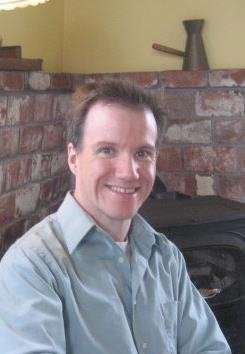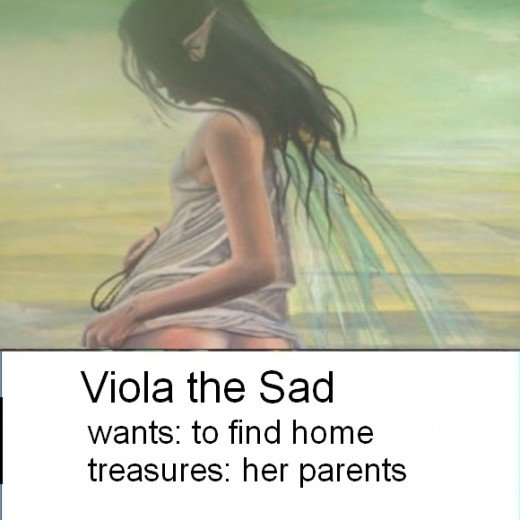Chance Encounters in Your Fictional World: A Writing Game of Story Discovery by Wyatt Bessing

Welcome to our new monthly columnist at the Writer’s Fun Zone: Wyatt Bessing. Wyatt will be sharing his fun take on games, play, and how they help our writing. Please join me in welcoming him! And please comment below on your favorite writing game.
And happy Christmas!
***
Over the holiday season, we all find it difficult to slow down and find time to write. When we do find the time, we have to resist the impulse to rush and fulfill word counts or time quotas without truly investing ourselves in the sensory and emotional work necessary for good writing.
Yet the holiday season, with all its glistening lights and smells of baking, rushing people and crowded stores, offers a panoply of sensation and experience for the perceptive writer to mine for writing. Why is it that just as life becomes exciting and busy, when I need the time for the reflection and personal passion of writing, it becomes so difficult to find the time?
But I know that I must write, that it fulfills me personally and spiritually, allowing me to process my feelings and feel more accomplished. But sometimes it takes a bit of trickery to get myself to settle down, to take a moment for myself away from the obligations of the season.
Just as family games provide a moment to pause and savor all those sensational moments, I find that turning writing into a game helps me to delve into the art with more spirit and enthusiasm.
So it is with festive holiday spirit that this month I present a creative writing game, a game of playing with the crucial aspects of description that bring a story to life.
 For this game, you will need a die (one of the regular six-sided ones found in any game).
For this game, you will need a die (one of the regular six-sided ones found in any game).
If you prefer to write at your computer, you can simulate a die here: http://www.random.org/dice/.
Below, I’ve listed six important elements of fiction. Use these, or change them to suit your own needs.
1. sound
2. size
3. color
4. movement
5. mood
6. perspective
For this game, I will use the opening paragraph of my novel, Secondhand Wonder.
It began as a routine intake, though Ryan was unnerved by the boy’s serenity.
Though his first inclination had been to keep his office spartan and completely free of distraction, Ryan soon found that the crucial skeleton and examination table exacerbated children’s fears. But no matter how he redecorated with bright colors or cheerful animal prints, he’d never seen a child enter so boldly as Samuel. The boy with the perfect blond coiffure strode in with a smile, sitting carefully in order to preserve the neat press of his pants, as his father – a massive white bear of a man – glanced up and down and huffed as he told Ryan the story.
I roll a die, a 3. Consulting the table above, I see “color.” What colors will I encounter as I immerse myself more deeply in this scene?
I recommend writing for ten minutes without stopping, pulling all your life’s experience into your writing. Don’t think, but just let your hand keep gliding over the paper, your fingers dancing on the keyboard. As Natalie Goldberg says, when it starts to hurt, you’re coming closer to the truth. The closer you can get to personal experience, to the blood running deep inside you, the more affecting (and effective) your writing will become.
I won’t reprint my entire freewrite on color in the physical therapy office here, but I came up with some interesting new imagery. Cool green walls like those used to calm mental patients, a jumble of skin tones on the smiling faces of a photo collage thanking the therapists, a matrix of gray ceiling tiles keeping everything structured but pierced with thousands of black holes like reversed stars in the sky.
This last one fits the theme of my book, so I will find a way to include it in the novel:
Distracted by the man’s evasive gaze, Ryan too looked up at the ceiling, but saw only the bland white squares with their countless tiny holes, a starry night in reverse that seemed to fall closer each day.
Happy holidays and happy writing!
***
About the Author
 Wyatt Bessing is a writer, writing coach, and learning specialist. His stories and essays have appeared in Bedtime-Story.com, Outsider Ink, national educational assessment materials, and in the anthology Dance, Human Rights, and Social Justice. Through his workshops, website, and blog at wyattgbessing.com, he guides new and experienced writers in crafting more effective, expressive, and striking work. During the day, he works at Star Academy in San Rafael, teaching reading and comprehension skills to students with learning differences in elementary through high school. He lives in Santa Rosa, CA with his wonderful girlfriend and co-creator, Sarah Laugtug.
Wyatt Bessing is a writer, writing coach, and learning specialist. His stories and essays have appeared in Bedtime-Story.com, Outsider Ink, national educational assessment materials, and in the anthology Dance, Human Rights, and Social Justice. Through his workshops, website, and blog at wyattgbessing.com, he guides new and experienced writers in crafting more effective, expressive, and striking work. During the day, he works at Star Academy in San Rafael, teaching reading and comprehension skills to students with learning differences in elementary through high school. He lives in Santa Rosa, CA with his wonderful girlfriend and co-creator, Sarah Laugtug.






